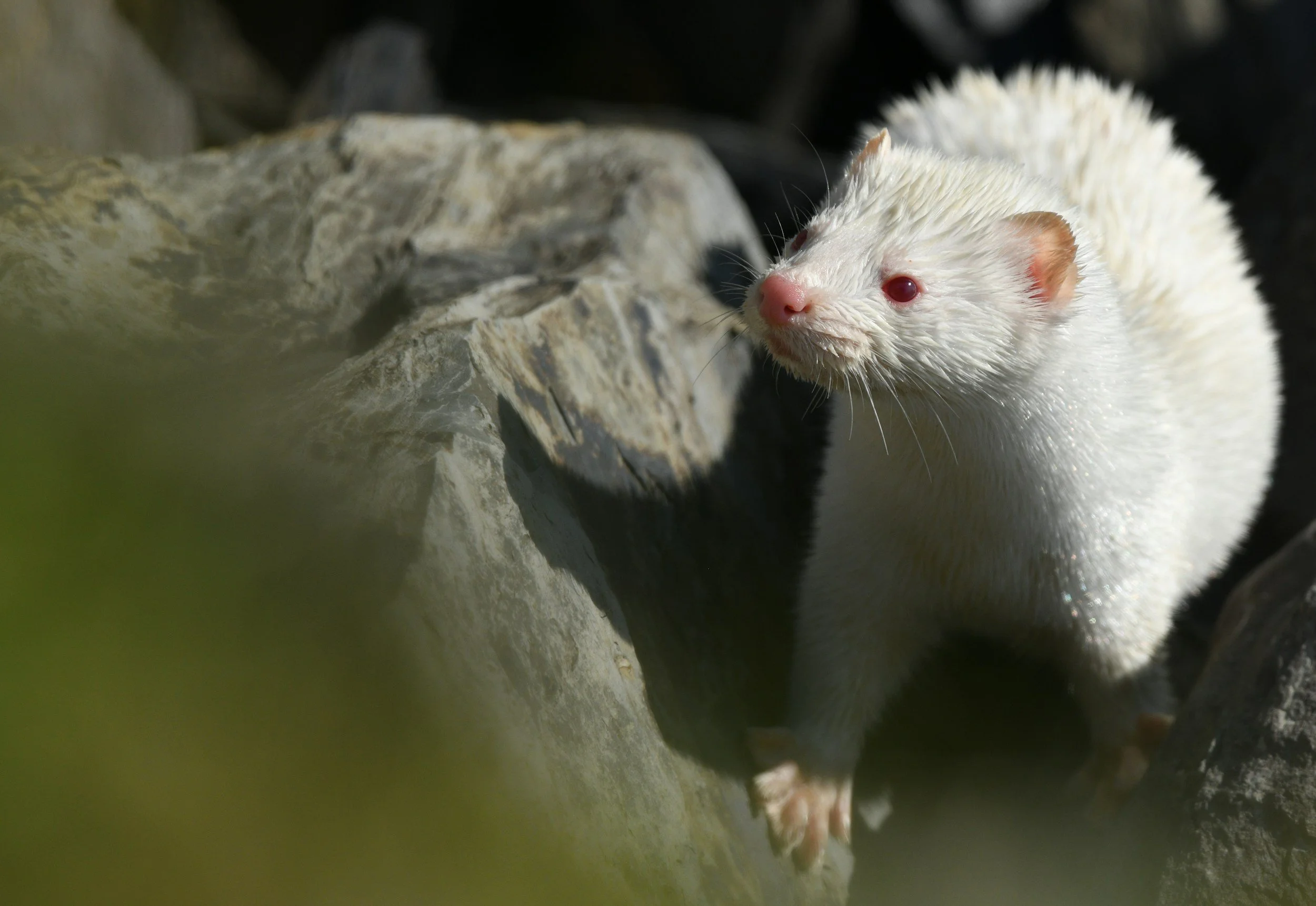Trump Allows For Oil Drilling at the Arctic National Wildlife Refuge
The plan will endanger 300 animal species living at the refuge, which has until now remained a protected landmark.
For over six decades, protections have been in place to preserve the largest remaining area of wilderness in the U.S., which is home to caribou, polar bears, and over 200 types of bird.
Now, a controversial decision by the Trump Administration will allow for part of the Arctic National Wildlife Refuge in Alaska to be drilled for oil and gas.
"This plan could devastate the amazing array of wildlife that call the refuge home through noise pollution, habitat destruction, oil spills, and more climate chaos", Kristen Monsell, from the Center for Biological Diversity, told the BBC.
Over 300 animal species live on the refuge, four of which are protected by the Endangered Species Act, including the Beaufort Sea polar bears, whose population suffered a 40 percent drop in 2018.
The threat of oil spills could prove disastrous for polar bears especially, as the oil weakens the fur's insulating abilities, and will eventually be groomed and ingested by the bears, leading to fatalities from blood and organ failure.
Campaigners also fear the impact that drilling may have on the Porcupine caribou, a breed of North American reindeer that relies on the refuge for calving and migrating.
"The caribou has one of the most impressive migrations of any land mammal. The herd travels north to the coastal plain every year, about 400 miles each way, and that's where they're having their babies,” Maggie Howell, executive director of the Wolf Conservation Center, explained to the BBC. “Any drilling is going to impact their lives drastically, as well as all the other animals and people who depend on that caribou".
In total, some 1.5 million acres will potentially be auctioned off to energy companies, but it is not known how much oil actually lies under foot.
The Department of Interior estimates that the refuge could yield as much as 10 billion barrels of oil, but an investigation by The New York Times "found evidence that the only well ever drilled within the refuge's boundaries was a disappointment".
Previous presidents including Ronald Reagan have tried unsuccessfully to open up the refuge for drilling, and the site has been at the center of a fierce political tussle ever since. Numerous Republican bills to allow drilling to begin have been vetoed by Democrats, notably by the Clinton Administration in 1995.
David Bernhardt, Secretary of the Interior, says he believes a lease sale could be achieved by the end of the year.
More stories:
Species Unite
A collection of stories of those who fight the good fight on behalf of animals.




The whereabouts of two baby giraffes remain unknown after a zoo owner withheld their location and was jailed for contempt.